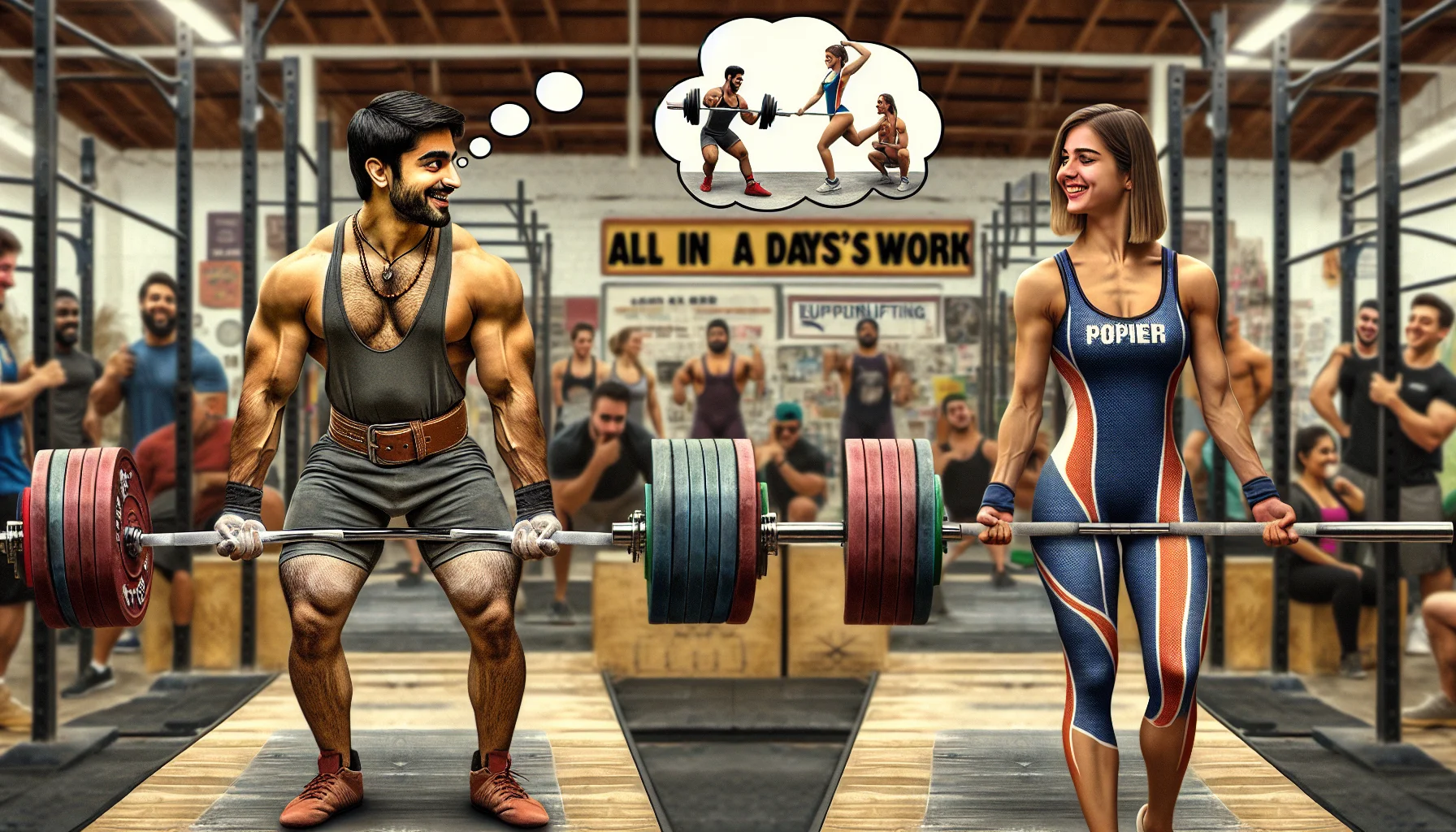Raw vs equipped powerlifting Quiz
Test Your Knowledge
Question of
Raw vs Equipped Powerlifting: Understanding the Differences
Powerlifting is a strength sport that consists of three main lifts: the squat, bench press, and deadlift. Athletes compete to lift the heaviest weights possible in each lift, with their combined total determining their final score. Within the sport, there's a significant debate between raw and equipped lifting. Raw powerlifting involves athletes lifting weights without the assistance of certain performance-enhancing gear, beyond basic safety equipment like belts and knee sleeves. Equipped powerlifting, on the other hand, allows competitors to use specialized gear such as squat suits, bench shirts, and deadlift suits, which can significantly increase the amount of weight lifted by providing additional support and leverage. This division creates a dynamic landscape within the sport, with athletes and enthusiasts often aligning themselves with one style or the other based on personal preference, the challenge presented, or the pure essence of lifting they wish to pursue.
What is Raw Powerlifting?
Raw powerlifting is a strength sport that consists of three attempts at maximal weight on three lifts: squat, bench press, and deadlift. Unlike equipped powerlifting, where athletes use specialized gear such as squat suits and bench shirts to lift more weight, raw powerlifting limits competitors to minimal equipment. Typically, athletes are allowed to use a belt, knee sleeves (not wraps), and wrist wraps. The essence of raw powerlifting lies in its emphasis on pure strength, as it minimizes reliance on external aids. Competitors are categorized based on their body weight to ensure fair competition, and each lift follows a specific set of rules to standardize performance and ensure safety. For example, in the squat, the athlete must reach a depth where the hip joint is lower than the top of the knee. Raw powerlifting has gained popularity for its straightforward approach, focusing on the fundamental aspects of strength training and competition.
What is Equipped Powerlifting?
Equipped powerlifting is a form of powerlifting where athletes use specialized gear to enhance their performance during lifts. This equipment includes items such as squat suits, bench shirts, and deadlift suits, which are made from stiff, resistant materials that can significantly increase the amount of weight an athlete can lift. Additionally, lifters may use knee wraps, belts, and wrist wraps for added support and stability. The use of these items not only helps in improving performance by providing physical assistance during the lift but also aids in reducing the risk of injury. The equipment's design applies a mechanical advantage by storing elastic energy during the descent of a lift, which is then released during the ascent, aiding the lifter. Equipped powerlifting requires a unique technique to maximize the benefits of the gear, making it a distinct discipline within the sport of powerlifting.
Comparing Raw and Equipped Powerlifting
| Aspect | Raw Powerlifting | Equipped Powerlifting |
|---|---|---|
| Records | Generally lower than equipped | Generally higher due to support gear |
| Training Differences | Focuses on building strength without support gear | Involves training with support gear to maximize performance |
| Athlete Preferences | Preferred by those who want to test their natural strength | Chosen by lifters looking to lift the maximum weight possible with the aid of gear |
Pros and Cons of Raw vs Equipped Powerlifting
Raw Powerlifting
Pros
- Accessibility: Requires less specialized equipment, making it easier for beginners to start.
- Purity of Competition: Focuses on natural strength without the aid of equipment.
- Lower Cost: Without the need for expensive suits or bench shirts, it's more affordable.
- Popularity: Has a larger community and more competitions available.
Cons
- Potential for Injury: Without supportive gear, lifters may be more prone to injuries.
- Limited External Support: Lifters rely solely on their body's capabilities, which might limit the maximum weights lifted.
Equipped Powerlifting
Pros
- Higher Performance: Equipment provides support that can significantly increase the amount of weight lifted.
- Injury Prevention: Supportive suits and shirts can help reduce the risk of certain injuries.
- Technical Complexity: Offers a different challenge with the need to master equipment use.
Cons
- Cost: The specialized equipment can be very expensive.
- Accessibility: The necessity for specific gear can make it harder for newcomers to start.
- Dependence on Equipment: Performance heavily relies on the quality and fit of the equipment.
- Smaller Community: Fewer athletes participate in equipped lifting, leading to fewer competitions.
Choosing Your Path in Powerlifting
Deciding between raw or equipped powerlifting is a significant choice that can shape your journey in the sport. To make an informed decision, consider your personal goals first. Are you aiming for sheer strength, or do you relish the technical challenge that comes with equipped lifting? Next, evaluate your access to equipment. Equipped powerlifting requires specific gear which may not be readily available or affordable for everyone. Lastly, think about the community and support system you have access to. Some regions or gyms have a strong equipped lifting community, which can offer invaluable guidance and support. Balancing these factors will help you choose a path that aligns with your aspirations, resources, and the support you need to thrive in powerlifting.












